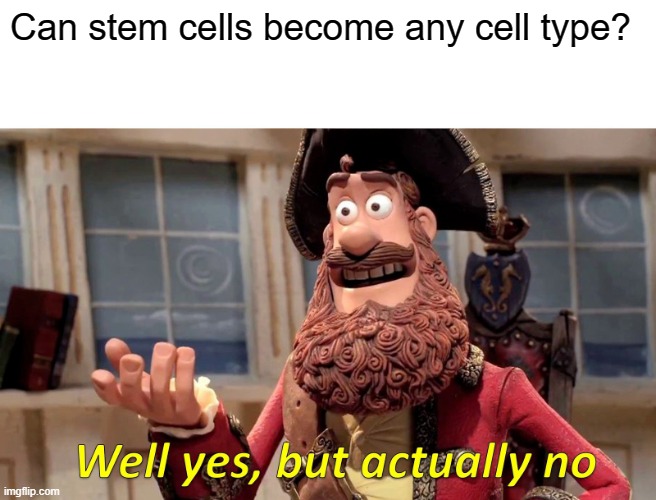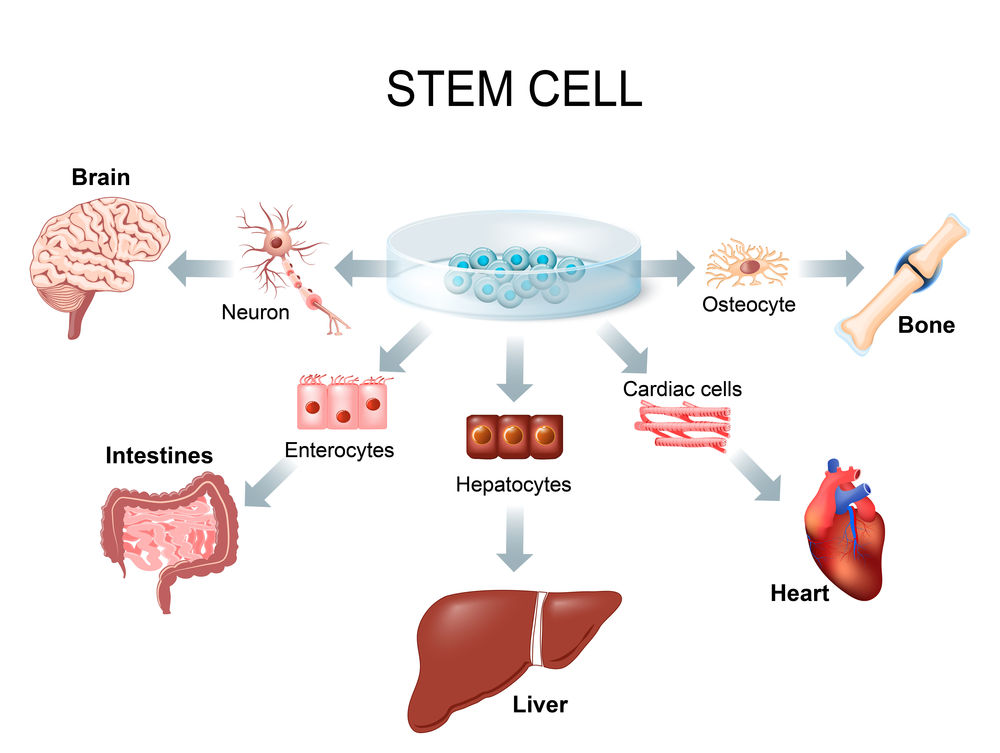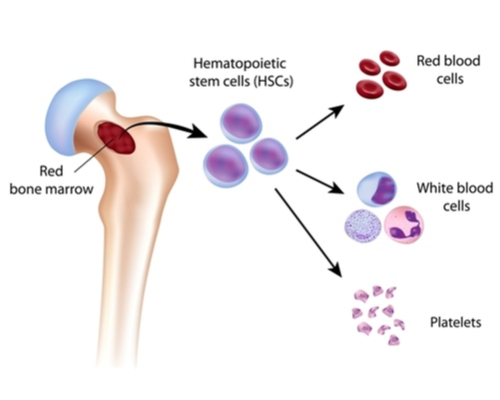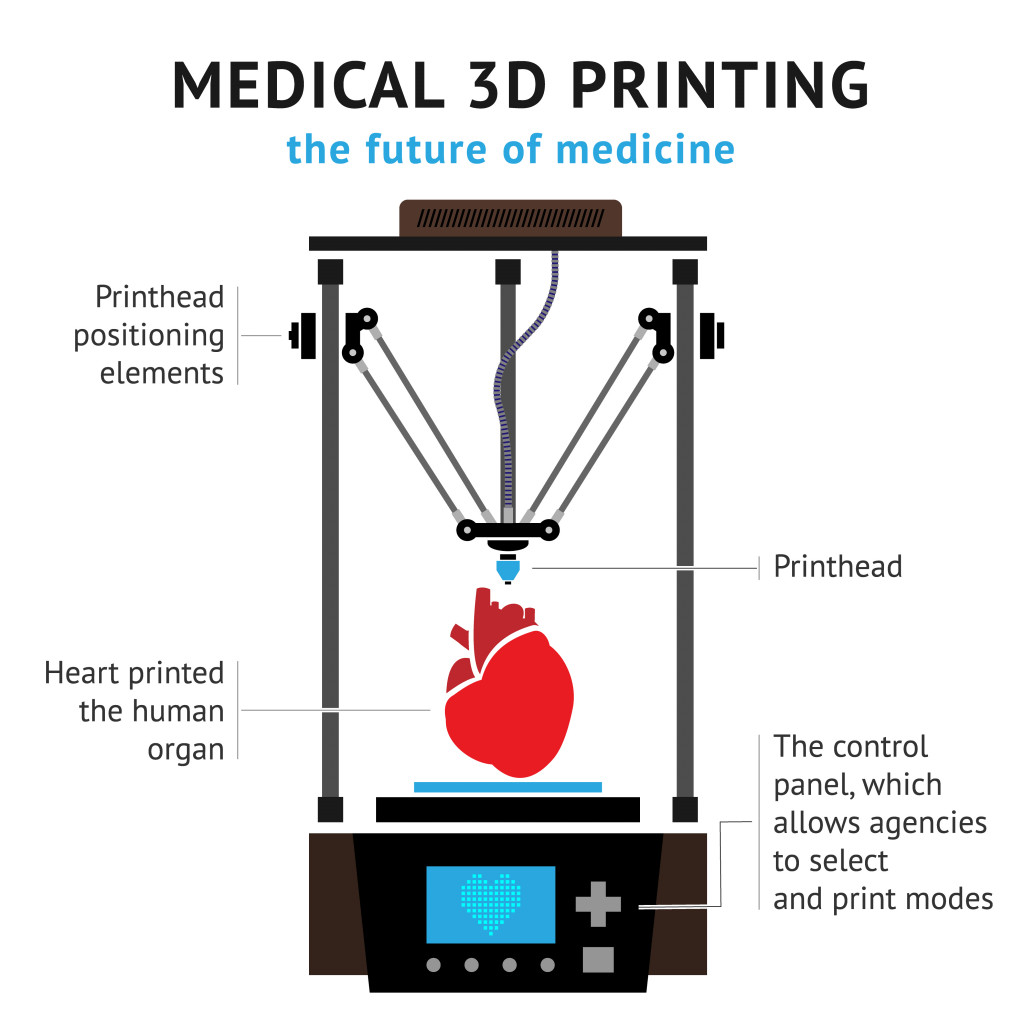Table of Contents (click to expand)
Stem cells are a type of cell that mature and specialize into all the other types of cells in the body. When a cell, for example a skin cell, gets damaged in the body, or grows old, stem cells divide to create new skin cells to replace the old ones. This flexible capability of stem cells allows researchers to use it as therapy for certain diseases.
You’ve almost certainly heard the words “stem cells” pervading mainstream media in recent decades. Popular science has reported on how these cells could be a cure for numerous diseases, regrow injured tissue, and even be the secret to immortality. That’s right! Some believe these cells hold the secret to everlasting youth, but do stem cells live up to the hype?
Before you answer that, it’s important to understand what exactly stem cells are.
What Are Stem Cells?
Stem cells are cells with the special ability to turn into any other specialized cell type. Suppose you start going to the gym to get bulked up before summer hits. All those gains will come with the help of muscle stem cells, which are the “raw” cells that will differentiate and turn into new muscle cells.
Just as these muscle cells didn’t start out as muscle cells, neither did other cells of your body. Each and every cell in the body is born as an unspecialized stem cell.
Stem cells are the blank slates upon which the form and function of cells are etched. Stem cells are basically the body’s cells before they have been assigned a particular job or task.
Also Read: Why Don’t Brain Cells Undergo Mitosis?
Why Are Stem Cells Important?
One characteristic quality of stem cells is that they are immortal and can divide indefinitely. This, however, is a property that stem cells have only at their early undifferentiated stage. As stem cells continue to develop, mature and specialize into a particular type of cell, they lose this “immortality”.
What do I mean by stem cells maturing? Allow me to explain.
When a sperm fuses with an egg, it forms a zygote. This zygote is a totipotent stem cell. This single totipotent stem cell can become any cell it wants. The single cell begins to divide into more cells. After four days of the zygote’s development, these cells become what is called pluripotent.
Pluripotent stem cells lose some options in their ability to develop into any cell type, which means they can’t develop into all cell types. Instead, they can only develop into a select few. These pluripotent stem cells make up the mass of a body, called the embryo. As the embryo develops, the pluripotent cells become multipotent cells. As you might have guessed, these cells have an even smaller range of cell types they can turn into.

This process goes on and on until, eventually, these stem cells become unipotent stem cells. Unipotent cells, as their name suggests, can only form one type of cell, such as blood cells, brain cells, nerve cells, etc.

Also Read: What Is A Zygote? How Is It Different From An Embryo?
Types Of Stem Cells
The section above speaks about the different “potencies” of stem cells, but those aren’t actually the types of stem cells. Instead, those classifications are just how stem cells are organized into groups based on their developmental abilities.
The types of stem cells are limited to two – embryonic stem cells and adult stem cells.
Embryonic stem cells are those that form very early in our lives. These come into existence right after fertilization, within a few days of being being a zygote. These cells were mentioned earlier, as totipotent and pluripotent cells.
Sadly, adult stem cells cannot differentiate into any cell type in the body; they are more location-specific, and thus limited in the types of cells they can become. These cells arise post-birth, as our body continues to grow and mature.
For example, in the bone marrow within our bones lie hematopoietic stem cells. Such stem cells are only capable of becoming different blood cells, depending on what type the body needs. This happens through a specific biological process, called hematopoiesis, in this instance.

Also Read: Why Is Blood Made In The Bone Marrow?
Applications Of Stem Cells
Stem Cell Therapy
In stem cell therapy, stem cells are taken (from either yourself or a donor) to repair or regenerate a damaged organ. Over the past few decades, a lot of research has focused on stem cell therapy, especially in the treatment of cancer and heart defects. Stem cells are popularly used to treat people suffering from brain and spinal cord injuries by making them replace the damaged nerve cells.
However, this therapy is far from perfect. We know very little about how stem cell therapy will work in the long run. Sometimes, the stem cells fail to differentiate into the intended cell type.
With this being said, many families opt for stem cell banking. A mother, at the time of delivery, will allow her stem cells from the umbilical cord to be collected. These are then “banked”, meaning that they’re stored in a biological bank and kept safe.
These banked cells can be withdrawn if and when needed for any of the family members. The logic is that it’s always better to use stem cells that belong to your own bloodline than to take a stranger’s.
3D Tissue Bioprinting
This is a relatively new application of stem cells. Instead of injecting stem cells into a person’s body to heal the organ, why not simply bioprint a new organ? That’s what 3D tissue bioprinting attempts to achieve. Just like printing ink on paper, stem cells are printed on scaffolds and grown in a lab until they turn into a new and functioning organ.
In fact, another experiment is focusing on 3D bioprinting organs and tissues in space. Gravity’s absence allows the stem cells to grow easier, which makes it easier to control the way the stem cells grow!

Anti-Aging Therapy
Stem cells are immortal, meaning that they don’t die; they just keep dividing. This rare property is why stem cells are eagerly looked at to counter the one thing no living being can avoid—time’s effect on the body.
A person’s stem cells could potentially be used to heal their body from all the bodily damage caused by aging. Just as a car gets rusty over time, so too does our body. Our cells’ DNA becomes damaged over time and they no longer function as effectively. Stem cells can replace our damaged cells and possibly reduce or even reverse the effects of aging!
Also Read: Is It Biologically Possible To Become A Benjamin Button?
Conclusion
The incredible potential stem cells hold to treat a variety of diseases and to slow down aging makes them an endlessly exciting area of scientific research. Our knowledge of their capabilities grows with each passing day.
One big concern with stem cells at the moment relates to the ethical issues being raised about the harvesting of embryonic stem cells from aborted fetuses. Many scientists also face problems with manipulating stem cells artificially and the risks associated with them.
Perhaps in the near future, after a regulatory board dedicated to stem cells and their applications is formed, clear and concise guidelines for their use will come out.
How well do you understand the article above!

References (click to expand)
- Alison, M. R., Poulsom, R., Forbes, S., & Wright, N. A. (2002). An introduction to stem cells. The Journal of Pathology. Wiley.
- Lapidot, T., Dar, A., & Kollet, O. (2005, September 15). How do stem cells find their way home?. Blood. American Society of Hematology.
- Zakrzewski, W., Dobrzyński, M., Szymonowicz, M., & Rybak, Z. (2019, February 26). Stem cells: past, present, and future. Stem Cell Research & Therapy. Springer Science and Business Media LLC.
- Biehl, J. K., & Russell, B. (2009, March). Introduction to Stem Cell Therapy. Journal of Cardiovascular Nursing. Ovid Technologies (Wolters Kluwer Health).
- Chagastelles, P. C., & Nardi, N. B. (2011, September). Biology of stem cells: an overview. Kidney International Supplements. Elsevier BV.
- Strauer, B. E., & Kornowski, R. (2003, February 25). Stem Cell Therapy in Perspective. Circulation. Ovid Technologies (Wolters Kluwer Health).
- Prochazkova, M., Chavez, M. G., Prochazka, J., Felfy, H., Mushegyan, V., & Klein, O. D. (2015). Embryonic Versus Adult Stem Cells. Stem Cell Biology and Tissue Engineering in Dental Sciences. Elsevier.
- Andreas, K., Sittinger, M., & Ringe, J. (2014, September). Toward in situ tissue engineering: chemokine-guided stem cell recruitment. Trends in Biotechnology. Elsevier BV.
- Lo, B., & Parham, L. (2009, April 14). Ethical Issues in Stem Cell Research. Endocrine Reviews. The Endocrine Society.
